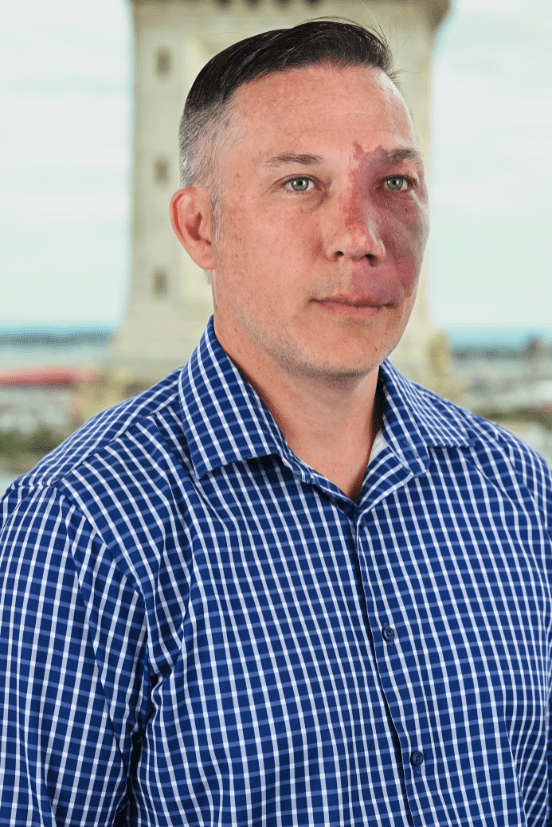Why US-based private funds have struggled to attract high-net-worth individuals and their wealth managers – and how they can change that.
Back in July 2023, we published, “Are Retail Investors Poised to Take Over Private Equity?” In this article, we discussed how individuals held roughly 50% of global wealth but only 16% of AUM held by alternative investment funds, and that in response to a sluggish stock market, more private wealth advisors were recommending private funds to their clients.[1]
At the same time, institutional investors had become overallocated to private markets, causing private funds to seek out high-net-worth individuals (HNWIs) as a new source of capital. Regulatory changes meant more investors could now access private funds that had previously been out of reach for them, meaning we were potentially poised to see a big shift in strategy for HNWIs (and their financial advisors) toward private fund allocation.
Among the challenges, private wealth advisors are cautious to recommend private funds to clients. These reasons include a new paradigm for investors with respect to risks, fees and liquidity as well as a complex marketing compliance environment for the advisors themselves. But new semi-liquid investment products, lower minimum investment amounts, and greater competition for capital all made the shift toward retail investors seem inevitable.
A year later, what has happened? Have wealth advisors been able to convince their HNWI clients to alter their strategies to incorporate private funds into their portfolios? Have fund managers been able to attract this kind of capital? What issues still remain? Taking a look at the landscape in 2024, here’s what we’ve learned.
The untapped capital of global private wealth
Recent reports have indicated that the number of HNWIs worldwide is growing, with estimates that the number of ultra-high-net-worth individuals (UHNWIs, those whose net wealth exceeds $30 million) could “expand by 28.5% to almost three-quarters of a million” over the next five years. However, the wealth held by UHNWIs fell by 10% in 2022 due in large part to traditional portfolio compositions of 40% held in equities and bonds [2]. In addition to a sluggish stock market, it is easy to see why these investors would look to alternatives.
According to an article by Professional Wealth Management (PWM), these UHNWIs and their family offices hold 22% of their wealth in alternatives. In contrast, those with $5-$30 million in assets allocated only 3% to alternatives, and those with $1-$5 million only 0.7% [3]. These HNWI investors who fall short of UHNWI status represent an incredible untapped source of capital for private funds.
There is evidence these HNWIs have noticed the advantages of private funds in the same way their UHNWIs counterparts have. Bain & Company stated that “38% of high-net-worth individuals and 53% of very-high-net-worth individuals would like to increase their allocation of private alternative assets. [4]” And according to PWM, “At UBS, client demand for private markets has grown more than 30 percent per year for the last five years.”
PwC’s 2024 Mid-Year Outlook offered hopeful predictions for retail assets in private funds, noting that “Blackstone has said that retail assets under management could rise from $200bn to $500bn, while KKR has said it expects individual investors will eventually account for between 30% and 50% of new capital raised, up from 10% to 20% currently. For its part, Apollo has said it aims to raise $50bn from retail channels through 2026 for funds ranging from AAA to real estate and corporate debt funds.” [5]
What’s more, the types of hurdles we previously pointed out as holding retail investors back have been addressed by the industry. PWM stated that “education, for both clients and bankers, shorter lock-up periods, greater transparency from asset managers and greater choice of liquid solutions are all key growth drivers for alternatives in the wealth space.”
But have these things moved the needle enough? Do we have any evidence that these HNWIs, who represent an incredible untapped capital source and are expressing an interest in alternatives, are investing? Unfortunately, there is not much evidence to suggest it has happened yet.
Per PWM: “More than a third of PWM’s respondents indicate their clients have a smaller allocation to private assets and hedge funds, compared to that recommended by CIOs.”
It seems wealth managers are having a tough time convincing individual investors to invest in private funds. While the PWM article notes that “the proportion of private banks reporting a lower than recommended allocation to alternatives has gone down significantly since last year,” many are clearly still hesitant for a variety of reasons. There are still many challenges for private funds looking to attract individual investors, and some have proven difficult to solve.
What keeps HNWIs from investing in private funds?
Among the things keeping HNWIs on the sidelines of the private fund market are concerns such as liquidity, risk profile, high minimum investment amounts, and regulatory issues. But for these concerns, there have been some changes in the industry: semi-liquid or open-ended funds, lower minimums, and regulatory changes both in the US and Europe have made it easier for individuals to invest. But there are other problems that are not so easy to solve, one of which is education.
Aside from educating clients on the value of these investing strategies and their fee structures, investors need to be educated on the funds themselves. Lacking the name recognition of publicly-traded companies, private funds – especially those that do not find themselves in the news – have their work cut out for them, even among wealth managers.
According to Bain & Company, “many financial advisors don’t have deep knowledge of private investments, so they don’t offer these assets to clients. Advisers thus will need education and compliance oversight to become comfortable with the attendant risk.”
Kiplinger notes that in addition to learning about alternative funds and being able to compare their returns and risks, investors and their advisors must also learn the due diligence requirements that institutional investors know so well:
“The comprehensive due diligence required for underwriting private equity investments demands time and resources that retail investors often lack, further complicating these investment efforts.” [6]
Another issue is transparency. Bain & Company points out that these funds, used to catering to institutional investors, do not offer the kind of information and access that would make individual investors more comfortable with the risk and long-term commitment.
The third major issue is trust. This may seem like a nebulous concept, but it is critical in order to get investors to change their behavior. There is a push in the industry for tokenization and new platforms for trading that would allow investors an easier and less costly point of entry, but that does not change the fact that these investments are largely outside the scope of knowledge for investors and their advisors, making them seem too risky even when the investment is with a well-established fund.
Instead of trying to replicate the home-trading experience through online trading sites and digital tokens, funds may want to consider trying to cultivate the individual relationships that will build trust in a manager’s strategy and make the concept of alternative fund investments seem less opaque. One way to do this is to utilize the relationships an investor already has. If a trusted partner could help the investor work with a fund that employs the same service providers they know and trust, they might feel more comfortable about their investments.
Connecting investors and funds – JTC’s unique position in the marketplace
We have established that private funds are increasingly targeting HNWIs interested in the diversification and returns these funds can offer. This demand could make private funds essential for private wealth advisors to understand in the coming years, especially as Citi Global Wealth Investments recommended to investors and financial advisors that “broadening equity exposure to a globally diversified portfolio is a prudent first step to consider.” [7]
However, we have additionally explained that investors have every reason to be cautious when entering an unknown sector that has not traditionally catered to them. PWM agrees private bankers “may be reluctant to put their clients’ money in alternatives,” potentially because of concerns about illiquidity and not wanting to push their clients into something they don’t fully understand.
JTC leverages its decades of experience as a third-party fund administrator to help private funds overcome major investment barriers, enhancing transparency and efficiency through a technology-driven platform that simplifies the subscription process and provides 24/7 access to essential fund information and tax documents. With a global reach and a dedicated Private Client Services division, JTC effectively facilitates investments for HNWIs and fund managers worldwide, adding legitimacy and fostering trust in the evolving landscape of private fund investing.
To learn more about JTC’s solutions for private funds, click here.
[1] Are Retail Investors Poised to Take Over Private Equity? Published by JTC. https://www.jtcgroup.com/insights/are-retail-investors-poised-to-take-over-private-equity/
[2] The Wealth Report Series, Wealth Populations. Published by Knight Frank LLP. https://www.knightfrank.ie/wp-content/uploads/2023/06/Knight-Frank-Wealth-Report-May-Insight_FINAL.pdf
[3] Alternative assets becoming key battleground for wealth managers. Published by Professional Wealth Management. https://www.pwmnet.com/alternative-assets-becoming-key-battleground-for-wealth-managers
[4] Private Asset Investing Desperately Needs New Market Infrastructure. Published by Bain & Company. https://www.bain.com/insights/private-asset-investing-desperately-needs-new-market-infrastructure/
[5] 2024 Mid-Year Outlook, Global M&A Trends in Private Capital. Published by PwC. https://www.pwc.com/gx/en/services/deals/trends/private-capital.html
[6] Why Retail Investors Are Embracing Private Markets. Published by Kiplinger. https://www.kiplinger.com/investing/why-retail-investors-are-embracing-private-markets
[7] Wealth Outlook 2024 | Mid-Year Edition. Published by Citi Global Wealth Investments. https://www.citigroup.com/rcs/citigpa/storage/public/2024-Wealth-Outlook-MidYear-Edition.pdf
Key contact
Stay Connected
Stay up to date with expert insights, latest updates and exclusive content.
Discover more
Stay informed with JTC’s latest news, reports, thought leadership, and industry insights.
Let’s Bring Your Vision to Life
From 2,300 employee owners to 14,000+ clients, our journey is marked by stability and success.




















